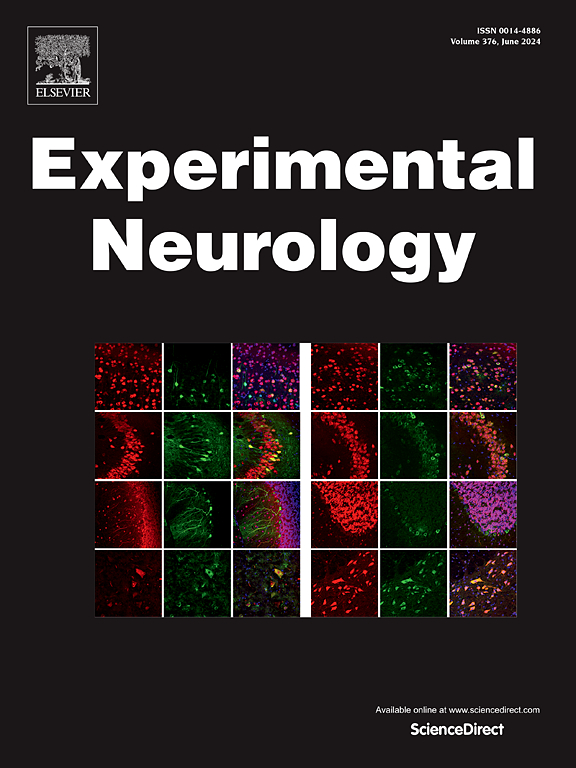A pharmacological vasoconstrictor cocktail targeting endothelin signalling generates a stable, reproducible focal cerebral infarct with associated functional deficits in mice
IF 4.6
2区 医学
Q1 NEUROSCIENCES
引用次数: 0
Abstract
Necessary for enhanced understanding of brain injury, and for developing new therapies, is the generation of reliable animal models. While many models are available, each comes with benefits and limitations. Intracerebral injection of the vasoconstrictive peptide endothelin-1 creates one of the most widely adopted models of focal ischemic stroke in rats, yet its potency is underwhelming in mice. This is likely underpinned by the greater proportions of vasodilatory compared to vasoconstrictive receptor subtypes in the mouse brain. Yet mouse models of ischemic stroke provide the benefit of exploiting the wide range of transgenic strains that can aid in further understanding pathophysiology mechanisms of acute and secondary damage, as well as endogenous recovery. To improve the efficiency of focal endothelin-1 infarcts in mice, we investigated the impact of co-administering pharmacological compounds that target endothelin receptor subtypes and downstream signalling, aimed at selectively enhancing vasoconstriction whilst reducing vasodilation. We report exacerbated neuronal loss and tissue atrophy resulting in motor and cognitive dysfunction when endothelin-1 was co-administered with the nitric oxide synthase inhibitor L-NAME and the selective ETB1 antagonist RES-701-1. These infarcts were stable, reproducible and achievable across brain regions. These findings demonstrate a new and effective mouse model to study focal ischemic stroke.
求助全文
约1分钟内获得全文
求助全文
来源期刊

Experimental Neurology
医学-神经科学
CiteScore
10.10
自引率
3.80%
发文量
258
审稿时长
42 days
期刊介绍:
Experimental Neurology, a Journal of Neuroscience Research, publishes original research in neuroscience with a particular emphasis on novel findings in neural development, regeneration, plasticity and transplantation. The journal has focused on research concerning basic mechanisms underlying neurological disorders.
 求助内容:
求助内容: 应助结果提醒方式:
应助结果提醒方式:


